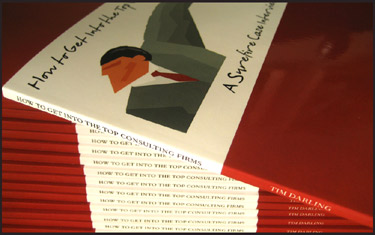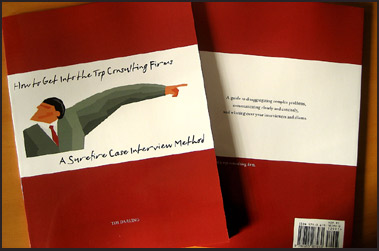| Photography / Travel |

|
|
||||
 This book is a reaction to those collections of “canned” frameworks. It is
a book about problem-solving and getting to the basic business economics
of a problem.
The book may not resonate
with everyone. It is just one man’s approach.
This book is a reaction to those collections of “canned” frameworks. It is
a book about problem-solving and getting to the basic business economics
of a problem.
The book may not resonate
with everyone. It is just one man’s approach.